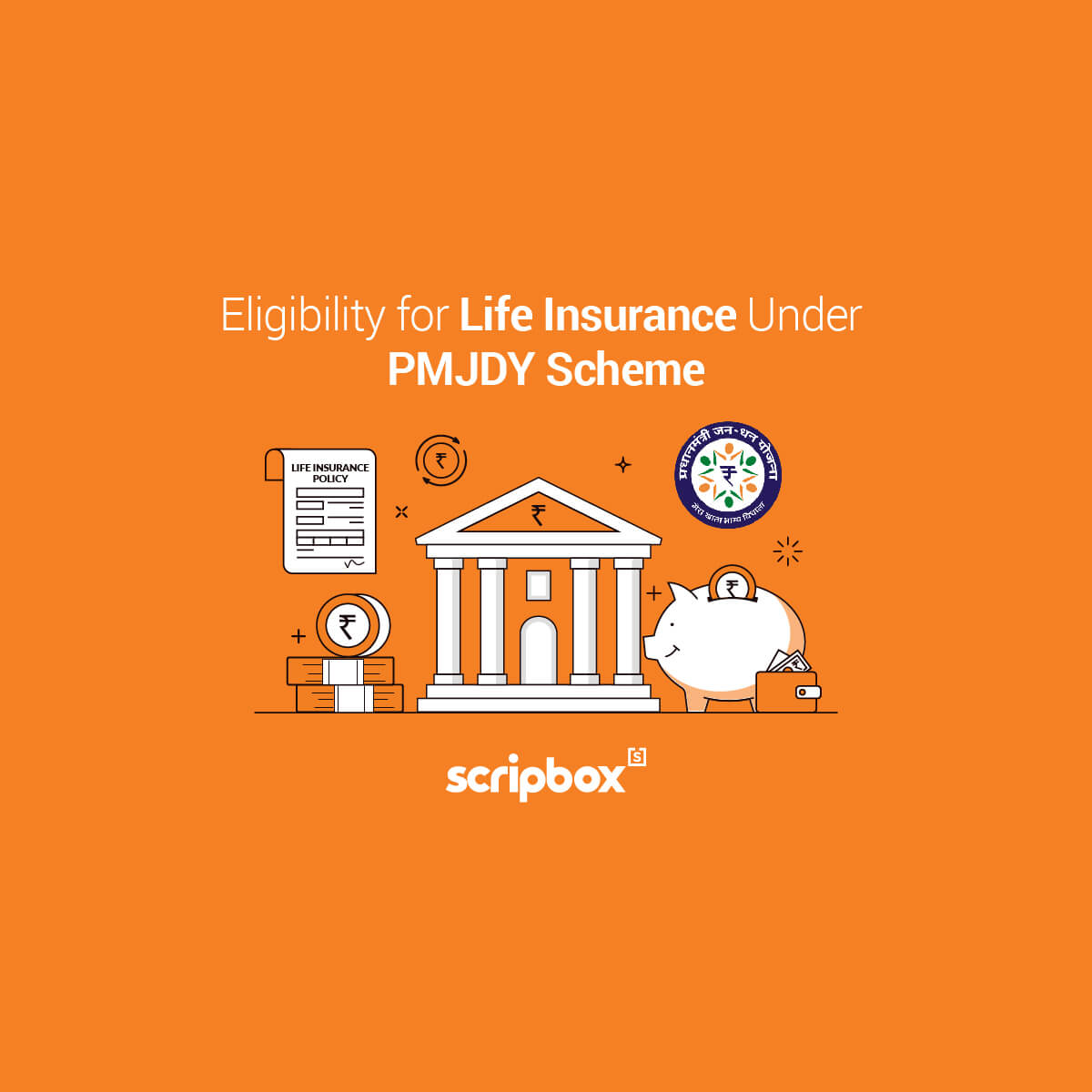India is a land of possibilities, particularly in terms of trade and business. There is a lot of untapped potential that can be realised with the correct tools. Over 50 startup programmes have been created by the Indian government. The Government of India aims to aid the country’s start-up mission with its initiatives addressing young entrepreneurs and small and medium enterprises. The Department of Electronics and Information Technology (DeitY) is taking a step in that direction. The Department of Electronics and Information Technology (DeitY) established the Multiplier Grants Scheme. The scheme aims to bridge the gap between research and development and commercialisation.
What is the Multiplier Grants Scheme?
The Multiplier Grants Scheme is being implemented by the Department of Electronics and Information Technology (DeitY) (MGS). For the creation of products and packages, MGS intends to stimulate collaborative R&D between industry and academics and R&D organizations. Under the initiative, if industry contributes to R&D for the creation of items that can be commercialized at the institution level. Furthermore, the government will match the amount contributed by industry. The industry and the institutions must submit combined proposals for financial assistance under the scheme.
The scheme’s goal is to encourage businesses to collaborate on product development with top academic and government R&D organizations.
Objectives of the Multiplier Grants Scheme
The following are the objectives of the Multiplier Grants Scheme:
- Establish, nurture, and deepen ties between industry and research institutes;
- To encourage institutes to do industry-oriented research and development;
- Encourage and speed up the development of indigenous goods and services.
- Close the gap between R&D and proof-of-concept, as well as commercialisation and globalisation.
Benefits of the Multiplier Grants Scheme
The following are the benefits that the Government of India expects to derive from the Multiplier Grants Scheme:
- Academic and government R&D labs would be focused toward market-oriented R&D. Moreover, this would also improve the relevance of education and training to meet market demands. The industry would be aided in mobilizing technological know-how and skills.
- In terms of cost-competitive indigenous new products, the sector would be able to respond rapidly to market demands.
- Incentives in the form of royalty sharing may aid in the recruitment and retention of qualified personnel in academia and government R&D labs.
- Close collaboration between industry, academia, and R&D labs may result in a rise in the number of entrepreneurs.
Eligibility for Multiplier Grants Scheme
The following are the broad eligibility criteria under the Multiplier Grants Scheme.
- The idea for collaborative research should come from industry, industry consortium, and academic institution(s) or R&D bodies conducting industry-specific research. Such R&D labs will submit a project proposal to DeitY under the MGS program in collaboration with industry, industry consortium.
- The application should be for E&IT innovation in modules, products, packages, or services. The projects that include prototype and packaging for commercialization may also be evaluated under the MGS.
- The proposal should be focused on the industry’s primary business under the Multiplier Grants Scheme.
- The chosen institute or project investigator should have the necessary skills and experience in the suggested field. Such investigators will assess the R&D capabilities of institutions participating in collaborative research under MGS. It is necessary to consider the following factors regarding the investigators: i) the number of professional courses offered by the institution (B.Tech, M.Tech, PhD); ii) prior research work/projects completed; iii) the number of papers published; v) any industry collaboration; and v) the institution’s existence for at least 5 years.
- The suggested innovation’s output should be technically and commercially viable. All submissions should include data on market research for the modules, products, packages, services to be created.
- The industry should have the necessary i) staff for technology absorption; and ii) infrastructure for production in-house or detailed definite plans to procure it from elsewhere. If necessary, a subcommittee of the WG may be formed to determine the industry’s position.
Implementation Process under the Multiplier Grants Scheme
For a successful and efficient execution of the Multiplier Grants Scheme, the scheme suggests the following implementation process:
- Academic institutions or R&D entities should submit project proposals under the MGS plan. The Academic institutions or R&D entities may collaborate with industry or industry consortiums for this purpose. Industry or industry consortiums should come up with the notion for collaborative research.
- Proposals would be invited up to three times each year, depending on the availability of money.
- The Department will convene a Working Group to examine and evaluate the proposals. The Working Group could make recommendations to the Department for appropriate budgetary support. Based on the ideas under consideration, the WG may invite additional Domain Experts.
- A Project Review & Steering Group (PRSG) will oversee and review the project’s technical and financial progress on a regular basis. The Project Review & Steering Group (PRSG) may recommend grant release. Furthermore, the PRSG could recommend continuity / extension / short-closure, or a project. The industry partner should be represented appropriately in the PRSG.
- This approach might use the existing project approval, PRSG, and project closure mechanisms.
- The proposed scheme’s grants would be subject to the specified terms and conditions.
- The scheme’s specifics, including its current status, are available on the official website.
What is the Process for Grants?
Idea Generation and Submission of the Project Proposal
In order for collaborative research to take place, the idea for it must come from the industry or an industrial consortia.
Academic institutions or R&D bodies that want to conduct industry-specific research must submit a project application to the Department of Electronics and Information Technology. The Academic institutions or R&D bodies must submit it jointly with the industry or industry consortia under the Multiplier Grants Scheme.
Details regarding the Project Proposal
- The plan is intended to promote electronic and information technology innovation.
- The proposal should include innovative concepts for modules, goods, packages, and services.
- Should have additionally developed a concrete plan from the prototype phase to the commercialization package to be selected for the Multiplier Grants Scheme.
- The proposal’s concept must be focused on one core area of operation in that industry.
Project Investigator
The nominated institute or project investigator should have the necessary knowledge and track record in that subject in order to ensure credibility and guarantee results.
Ascertaining the R&D Capabilities
Institutions participating in collaborative research under the Multiplier Grants Scheme must have the required R&D capabilities, which are determined by the following factors: –
- What is the quality of the professional courses they teach at the ICTE? (B.Sc./M.Sc./Ph.D.)
- Do they have any previous research or project experience?
- Are there any articles they’ve published?
- Is there any industry collaboration going on?
- Do they meet the requirement of the institution having been in operation for at least 5 years?
Market Research
The product should be technically and financially feasible as a result of this innovation. The proposals should include the following information on the market survey of the modules/products/packages/services that will be developed:-
- Recognize your target market.
- Recognizing customer behavior and purchasing potential.
- Supply-demand chain
- SWOT Analysis (Strengths, Weaknesses, Opportunities and Threat)
- Pricing for new products/services is being evaluated.
Ascertain the Standing of the Industry
Another crucial step is to comprehend the scale and potential of the sector. This can be accomplished by responding to queries such as:-
- Is there sufficient staff in the sector to absorb new technology?
- Is the infrastructure in place for in-house production?
- If additional industry study is required, a sub-committee may be constituted.
Other Conditions for the Multiplier Grants Scheme
- In this scheme, if an industry supports innovation at institute(s) and commits its resources [say ], the Government would commit a Grant of [n x ] to the Institutes, where „n‟ is the multiplication factor. The multiplication factor „n‟ may vary up to a maximum of 2, and would be recommended by a committee of experts on a case-to-case basis. The Government shall thus absorb risk of R&D for new/ innovative product/ package development;
- Greater support (n ~ 2) could be given for MSME industry and for large industry the multiplying factor „n‟ could be one. However, in general greater support (n ~ 2) could be given for innovations which are breakthrough in nature, as compared to incremental innovations;
- Only academic or R&D institutions will receive contributions from industry and DeitY grant-in-aid. The industry contribution should be paid in cash (cheque, DD, RTGS, etc.) to the institution. This is to ensure that it can be duly certified by the academic/R&D institution(s) for the purpose of releasing grant-in-aid from DeitY in an apportion manner. The release of the grant shall be according to the recommendations of the Working Group. Grants will be disbursed in stages to institutions, with industry and government matching funds as recommended by the Working Group.
- The government funding would cover specified items of expenditure under the project, such as equipment, consumables, labor, travel and training, contingencies, and overheads, if any. The overheads allowed in the project will be limited to 15% of the total grant amount.
- Individual industrial funding would be limited to a maximum of Rs. 2.0 crores per project. Moreover, each project ideally lasts less than two years. Furthermore, for industry consortiums these values would be limited to Rs. 4.0 crores and three years, respectively. Only academic or R&D institutions will receive contributions from industry and DeitY grant-in-aid.
- Before the first payment of Grant-in-aid is released, the institute(s) and industry must sign a written agreement. Such an agreement will ensure the transfer of IPRs/know-how and royalty or lumpsum. On the Multiplier Grants Scheme, the institution(s) or industry would submit a periodic report to DeitY. Such reports must be submitted for a period of at least 5 years. As a part of the project, Srrijan: Prithvi status of IPRs generated or commercialized would be for a 5-year product pr technology life cycle.
- The corporation must keep its know-how in India. Such a corporation might perform more R&D to generate products and intellectual property there. Furthermore, IPR must be located in India so that India has complete access to and control over these rights in the event of a national emergency.
- Based on implementation input, the Scheme would be evaluated and revised.
On-going Projects under Multiplier Grants Scheme (MGS)
- IIT Bombay is working with Powai Labs Technology Pvt. Ltd. to develop a “Reliable Processor Platform for Critical Applications.” The goal is to produce a fully verified and fault-tolerant CPU (together with an RTOS and development tools).
- The Indian Institute of Science, Bangalore, is collaborating with KAS Technology Pvt.Ltd, Mumbai, on a project called “Prototyping a CVD Reactor and Recipe for Grapheme Growth.” The goal is to create a CVD-optimized reactor that can manufacture high-quality single-layer graphene (SLG).
Discover More
- Pradhan Mantri Jan Arogya Yojana (PMJAY)
- Pradhan Mantri Vaya Vandana Yojana (PMVVY)
- Pradhan Mantri Suraksha Bima Yojana
- Saksham Yuva Yojana
- Samarth Scheme
- PMMVY
- Pradhan Mantri Awas Yojana (PMAY)
- PM Kisan Samman Nidhi Yojana
- Pradhan Mantri Kaushal Vikas Yojana (PMKVY)
- Pradhan Mantri Jeevan Jyoti Bima Yojana
- Multiplier Grants Scheme
- Ujala Scheme
- Pradhan Mantri Jan Dhan Yojana (PMJDY)
- Atal Pension Yojana (APY)
- Pradhan Mantri Shram Yogi Mandhan
- DDU-GKY
- Startup India Scheme
- Antyodaya Anna Yojana (AAY)
- Pradhan Mantri Adarsh Gram Yojana
- Aspire Scheme
- Pradhan Mantri Ujjwala Yojana (PMUY)
- Credit Guarantee Scheme For Startups
- Startup India Seed Fund Scheme
- Pradhan Mantri Yuva Yojana (PMYY)
- Pradhan Mantri Kaushal Kendra (PMKK)
- Stand Up India Scheme
- ECLGS Scheme
- Unnat Bharat Abhiyan
- Digital India Scheme
- Sankalp Scheme
- Samagra Shiksha
- Skill India
- Deen Dayal Upadhyaya Antyodaya Yojana (DAY)
- Credit Guarantee Scheme for MSE (CGSMSE)
- Confused if your portfolio is performing right enough to meet your goals?
- How long have you been investing in mutual funds?
- What is your current portfolio size?
- What is your approximate annual household income?
- Your profile does not qualify for a call with a Financial Expert.
- What is the Multiplier Grants Scheme?
- Objectives of the Multiplier Grants Scheme
- Benefits of the Multiplier Grants Scheme
- Eligibility for Multiplier Grants Scheme
- Implementation Process under the Multiplier Grants Scheme
- What is the Process for Grants?
- Other Conditions for the Multiplier Grants Scheme
- On-going Projects under Multiplier Grants Scheme (MGS)




























Show comments